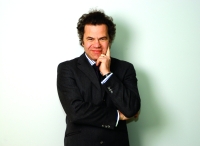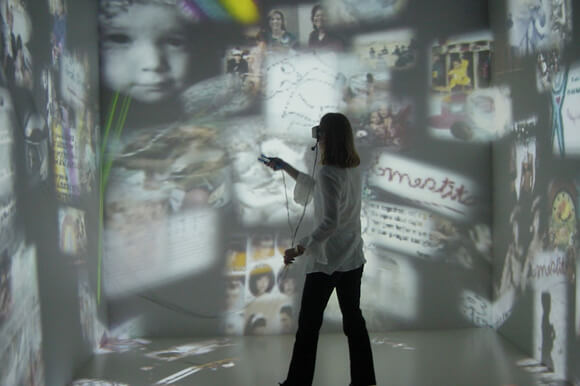Media Art Needs Research and Archives
Oliver Grau
University of the Danube, Krems, AustriaMay 22, 2011 / 6.00 pm
Center for Urban History, Lviv
Over the last forty years Media Art has evolved into a vivid contemporary factor, Digital Art became "the art of our time" but has still not "arrived" in the core cultural institutions of our societies. Although there are well attended festivals worldwide, funded collaborative projects, discussion forums and database documentation projects, Media Art is still rarely collected by museums , not supported within the mainframe of art history and nearly inaccessible for the non north-western public and their scholars. Even if today Media Art with its multifarious potential of expression and visualization, which thematizes complex challenges of our societies like globalization, knowledge explosion, genetic engineering, ecological crises etc. quantitatively is dominating the art schools – Media Art was almost ignored by most museums, the acquisition and maintenance can still not compete with traditional art media. Thus, due to the fast changes in storage media, we witness the erasure of a significant portion of the cultural memory of our recent history. And it is no exaggeration to state that we face the TOTAL LOSS OF AN ART FORM from the earliest times of our postindustrial-digital societies. The development of the field is supported in an increasingly enduring manner by new scientific instruments like online image and text archives, which attempt to document collectively the art and theory production of the last decades. By discussing examples from a variety of projects from the natural sciences and the humanities, this talk tries to demonstrate the strategic importance of these collective projects, especially in their growing importance for the Humanities.

Oliver Grau
Austrian art critic and theorist of multimedia art, is an expert in the field of modern art, culture of the 19th century and Italian art of the Renaissance. Grau, Head of the Department of Fine Arts at the University of the Danube (Krems, Austria), is known for developing new scientific solutions for the digital humanities and managing the Diving Art project of the German Research Foundation (DFG), whose team began developing the first international archive in 1998. digital art, which was created on the basis of an open platform at the University of Danube. Since 2000, DVA has become the first online archive with access to a video documentation protocol. Since 2005, Grau has been the head of the Gatewig Monastery’s Engraving Collection database, Austria’s largest private collection, which includes 30,000 works from Dürer to Klimt. Grau developed new training courses: a master’s course in “History of Media Art”, expert programs in “Digital Collection Management”, “Exhibition Design”, “Visual Competence”, and a master class in fine arts. In addition, with his participation, a new interactive format of lectures and debates – Danube Telelection – has spread around the world. After researching in Hamburg, Siena and Berlin, Grau lectured at Humboldt University in Berlin, was a guest at various research laboratories in Japan and the United States, and after defending his doctorate in 2003, he worked as a professor at various international universities. Oliver Grau moderates the conference and is the founder of “ReFresh!”: The first international conference on the history of media art, science and technology (Banff, Canada 2005).
